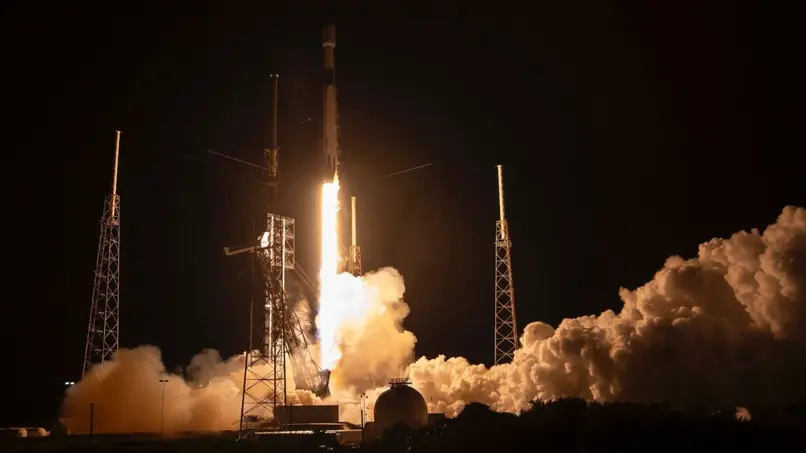T4K3.news
ULA Vulcan lifts off on Space Force sanctioned flight
The Vulcan rocket launches from Cape Canaveral with two satellites for geosynchronous orbit in a milestone Space Force mission.
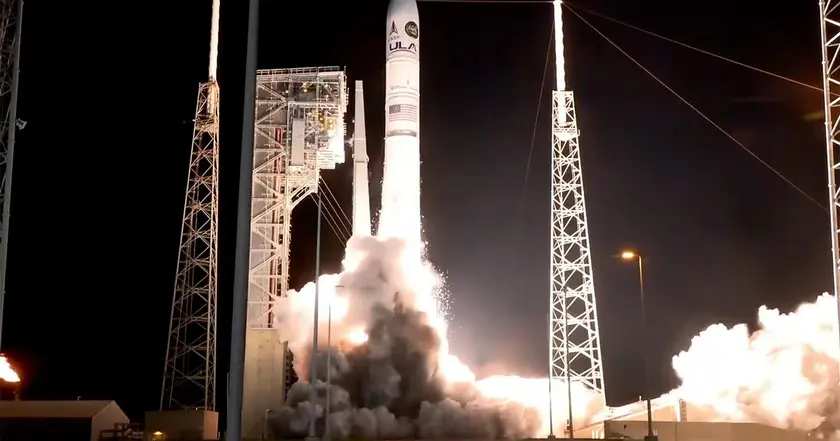
ULA launches the Vulcan rocket on its first Space Force sanctioned flight, carrying two satellites toward geosynchronous orbit as the company shifts from Atlas 5 and Delta 4.
ULA Vulcan rocket lifts off on Space Force sanctioned flight
United Launch Alliance fired off its first operational Vulcan rocket on Tuesday, delivering two military satellites into space in what the Space Force calls a sanctioned, mission-critical flight. The launch from Cape Canaveral featured four solid-fuel boosters, two methane-fueled BE-4 engines, and a tall ascent that produced a bright exhaust plume visible for miles. After about 90 seconds the boosters separated, followed by the 109-foot first stage burnout three and a half minutes later. The Centaur second stage ignited its two RL10C engines to carry the payload toward geosynchronous orbit, while the rest of the flight details were kept private as is standard for classified military missions.
The mission marks a milestone for ULA, which is replacing the Atlas 5 and the retired Delta 4 with Vulcan as the backbone for national security launches. The flight highlights a broader shift in American space policy toward domestic engines and suppliers, even as SpaceX holds a dominant share of the broader launch market. ULA argues that the Vulcan’s heavy-lift capability and direct injection to high orbits fit government needs for long-duration missions. The company plans a higher cadence, aiming for nine flights in 2025 and two per month by the end of 2025, with 20 to 25 flights expected in 2026. A separate program, NTS-3, demonstrates an experimental navigation technology intended to improve GPS resilience and accuracy for warfighters and commercial users.
Key Takeaways
"GPS is such an integral part of our lives today."
Joanna Hinks on GPS relevance to the NTS-3 program.
"This mission is the sole purpose of this vehicle."
Gary Wentz on the focus of Vulcan for national-security tasks.
"One core is cheaper and more efficient than three expendable cores."
Tory Bruno on the propulsion trade and efficiency.
This launch is more than a tech feat; it signals a deliberate move to rebuild a domestic defense launch base. By shifting away from Russian-built hardware to US-made engines and suppliers, the program ties technical milestones to political and industrial policy, inviting scrutiny from lawmakers and allies alike. The Vulcan effort sits inside a broader debate about funding, sourcing, and risk in a critical national-security sector.
If Vulcan delivers on its promise, it could reduce vulnerability in essential space systems and give the United States greater independence in space. But the path is not risk-free. Reliability, cost discipline, and a steady cadence will determine whether Vulcan can truly reshape the market or remain a springboard to a longer transition toward a full domestic heavy-lift fleet. The secrecy around the mission’s final payloads underscores the sensitive nature of the work and the stakes for future budget and policy choices.
Highlights
- GPS is such an integral part of our lives today
- This mission is the sole purpose of this vehicle
- One core is cheaper and more efficient than three expendable cores
- Direct inject to geo for the Space Force
Political and public reaction risk linked to the domestic launcher shift
The move to an all-American launcher, the reliance on domestic engines, and the handling of sensitive military payloads touch on political scrutiny, budget debates, and public reaction to defense spending.
The coming months will reveal how reliably Vulcan can sustain a high-rate, high-precision schedule.
Enjoyed this? Let your friends know!
Related News
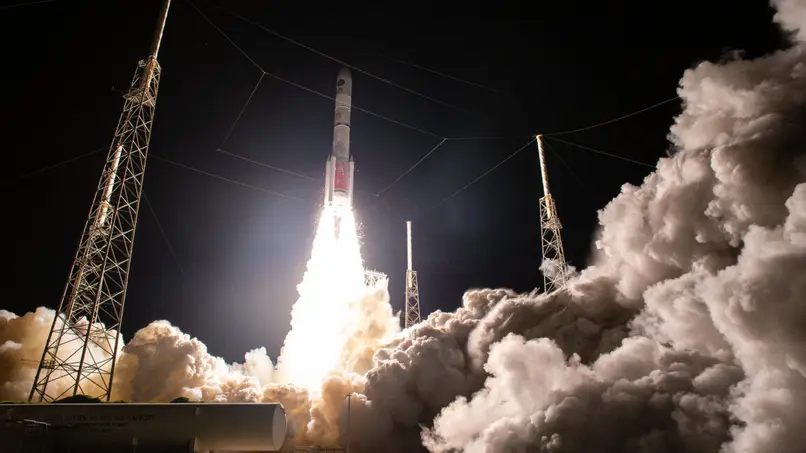
Vulcan launches first operational flight
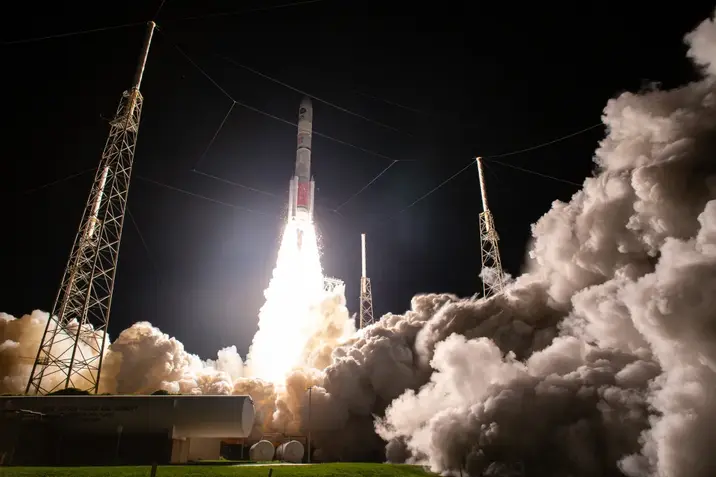
Vulcan launches on USSF-106
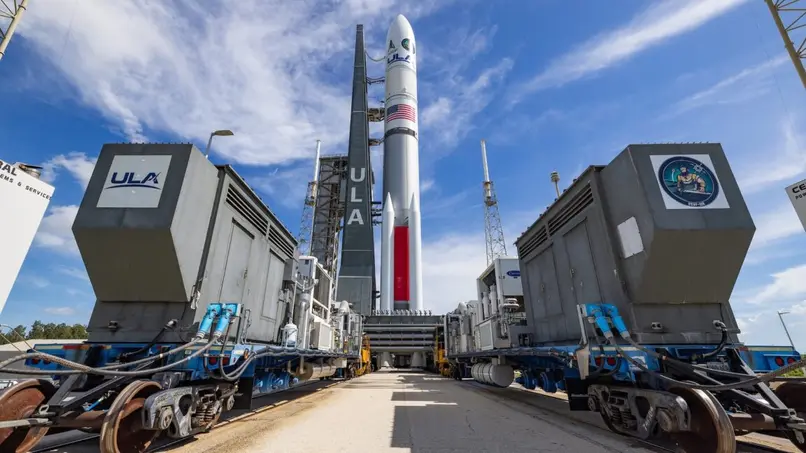
Vulcan rocket to lift national security satellites
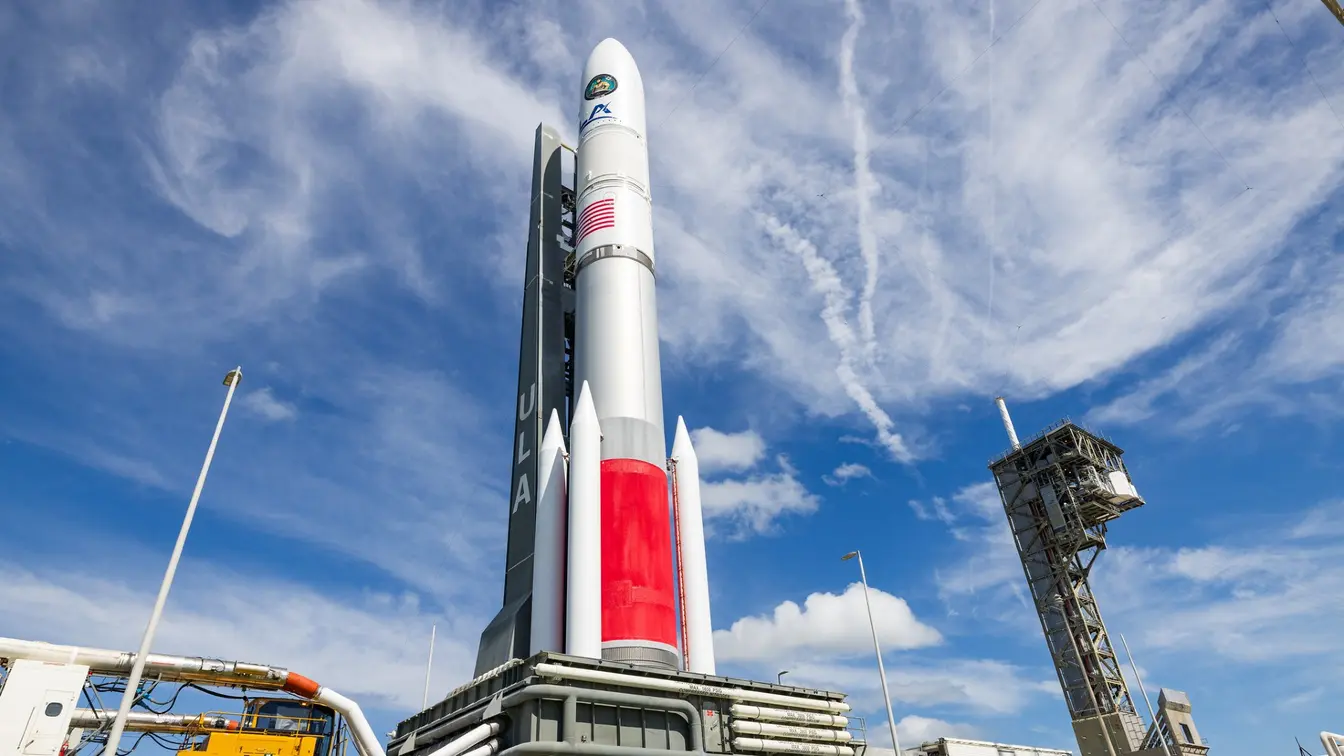
Vulcan Centaur launches experimental military satellite
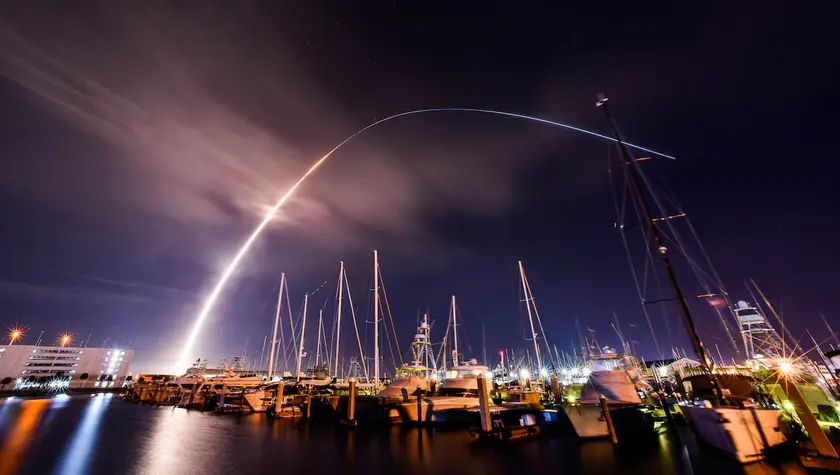
Vulcan rocket to conduct military mission next week
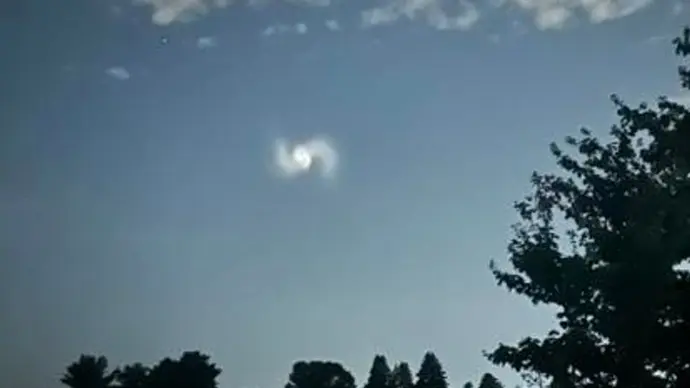
Vulcan rocket lights up PA sky
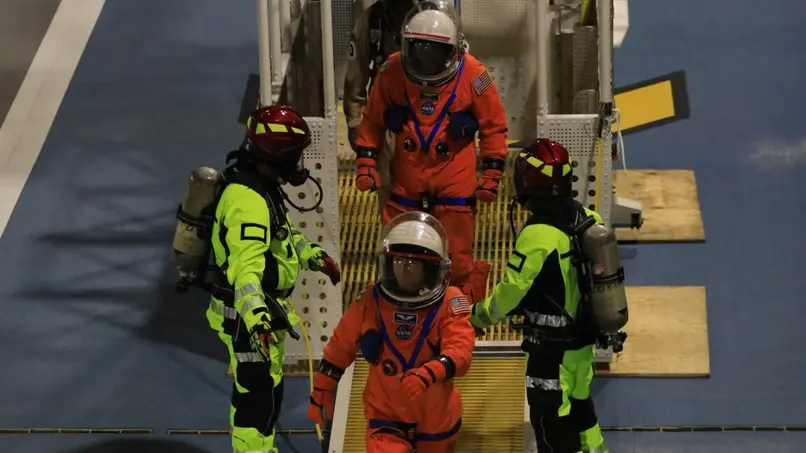
Ariane 6 completes third flight
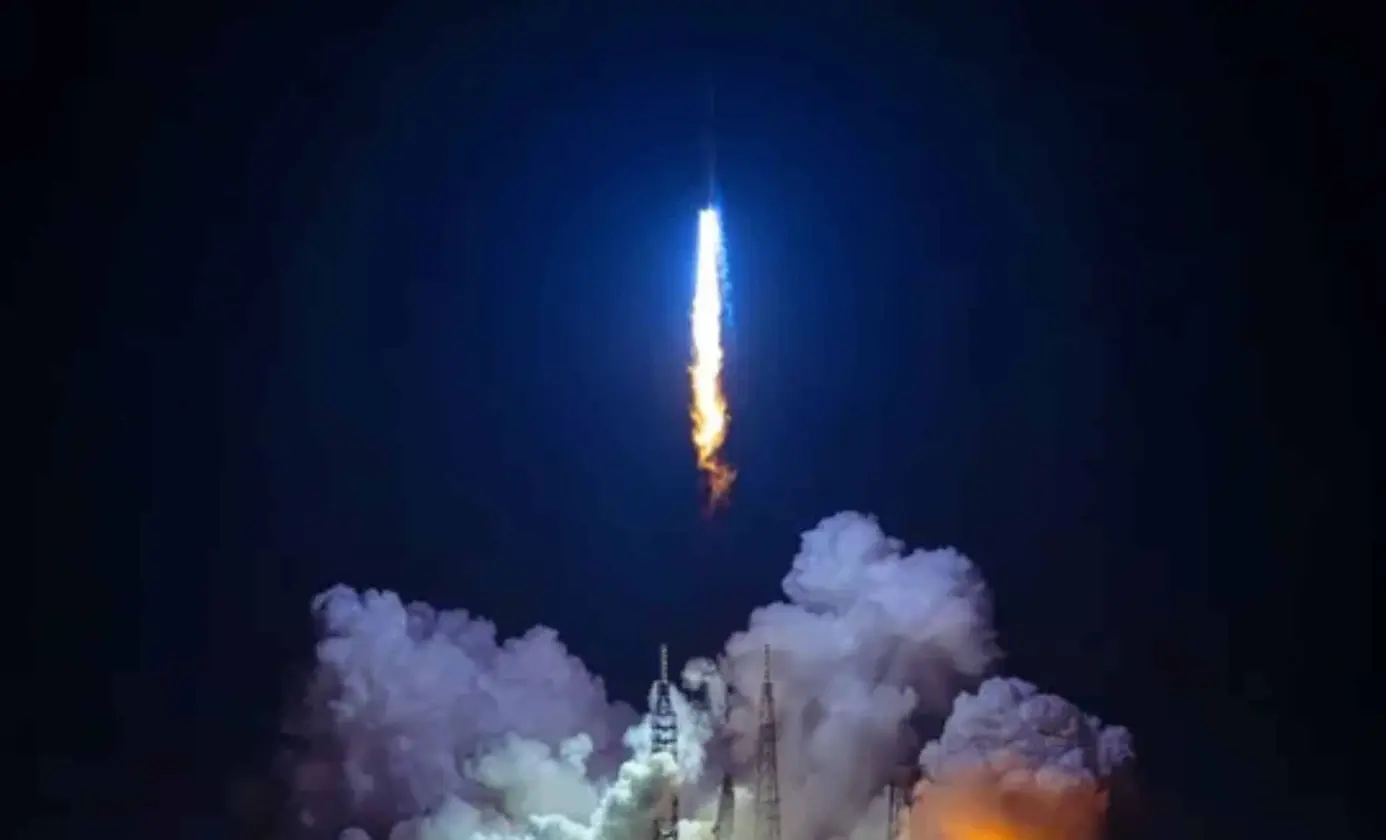
New Glenn Launch to Carry NASA's ESCAPADE Mission
